- No products in the cart.

Ceftazidime powder for solution for injection vial 1 piece 1d ind.upak.
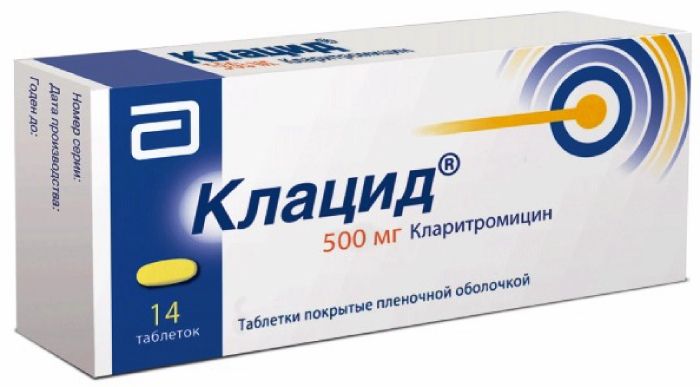
Klatsid tab n / 500mg film about 14 pc
$17.88

Ceftriaxone biochemist powder for solution for injection vial 1 piece 1d sol. 5ml ampoules 2 pcs
$4.71
$2.05
Ceftazidime powder for solution for injection vial 1 piece 1d ind.upak.
SKU: 337243722 Categories: Antibiotics, Antibiotics, antimicrobial, antiparasitic, Medicaments Tags: 1 g, Russia
Description
Composition
Active substance:
1 bottle contains 0.5 g or 1.0 g or 2.0 g of ceftazidime pentahydrate sodium carbonate (based on ceftazidime).
Product form:
powder for solution for intravenous and intramuscular administration of 0.5 g, 1 g, 2 g, 0.5 g, 1 g of the active substance into vials capacity of 10 ml or 20 ml, to 2 g of active substance in 20 ml capacity vials, hermetically sealed with rubber stoppers, crimped aluminum caps or aluminum caps combined with plastic lids. 1, 5 or 10 units with instructions for use placed in a pile of cardboard. 50 vials with an equal number of instructions for use are placed in a box made of cardboard for delivery to hospitals. 1 vial, 1 or 2 with a solvent ampoule (5 ml water for injection) are placed in blisters of PVC film. 1 contour cell package with instructions for use and a lancet ampoule is placed in a pile of cardboard. 1 vial, 1 or 2 with a solvent ampoule, and instructions for use scarifier ampoule was placed in a pack or box made of cardboard. 5 vials of drug placed in blisters of PVC film. 1 contour cell package the product, 1 or 2 blisters (5 vials solvent) instructions for use, scarifier ampoule is placed in a pile of cardboard. When using ampoules with a ring or a break-point and notched scarifier ampoule not invest.
Contraindications
Hypersensitivity to cephalosporins and penicillins. Pregnancy and lactation.
Dosage
1 g
Indications
Ceftazidime The drug is prescribed for adults and children to treat the following infections caused by susceptible to malaria infections: severe infections: meningitis; sepsis (septicemia); heavy purulent-septic conditions; bone and joint infections: septic arthritis, osteomyelitis, bacterial bursitis; respiratory tract infection, acute and chronic bronchitis, bronchiectasis infected with pneumonia caused by Gram-negative bacteria, lung abscess, empyema; urinary tract infection, acute and chronic pyelonephritis, pyelitis, prostatitis, cystitis, urethritis (only bacterial), renal abscess; infections of skin and soft Tanya: mastitis, wound infection, skin ulcers, cellulitis, erysipelas, infected burns; Gastrointestinal tract infections, abdominal and biliary tract: peritonitis, enterocolitis, retroperitoneal abscess, diverticulitis, pelvic inflammation, cholecystitis, cholangitis, empyema of the gall bladder; infection of female genital mutilation; Ear infections, throat, nose: otitis media, sinusitis, mastoiditis, etc .; gonorrhea (especially at elevated sensitivity to antibiotics from the group of penicillin).
Interaction with other drugs
Pharmaceutical incompatible with aminoglycosides, heparin, vancomycin. Can not be used with sodium bicarbonate solution as a solvent. Loop diuretics, aminoglycosides, vancomycin, clindamycin reduced clearance of ceftazidime, resulting in increased risk of nephrotoxicity. Pharmaceutically compatible with the following solutions: a concentration of from 1 to 40 mg / ml – 0.9% sodium chloride, sodium lactate, Hartman’s solution, dextrose 5%, sodium chloride 0.225% and 5% dextrose, sodium chloride and 0.45% dextrose 5%, sodium chloride 0.9% and dextrose 5%, sodium chloride 0.18% and 4% dextrose, dextrose 10%, dextran 40: 10% sodium chloride solution in 0.9% dextran 40: 10% in solution 5% dextrose, dextran 70: 6% sodium chloride solution in 0.9% dextran 70: 6% 5% dextrose solution. At a concentration of from 0.05 to 0.25 mg / ml ceftazidime is compatible with the solution for intraperitoneal dialysis (lactate).
For the / m ceftazidime may be diluted with a solution of lidocaine hydrochloride 0.5% or 1%. Both components are active if ceftazidime is added to the following solutions (ceftazidime concentration of 4 mg / mL) hydrocortisone (hydrocortisone sodium phosphate) 1 mg / ml in sodium chloride 0.9% solution or 5% dextrose solution, cefuroxime (cefuroxime sodium) 3 mg / ml in sodium chloride 0.9%, cloxacillin (cloxacillin sodium) 4 mg / ml in sodium chloride solution 0.9%, heparin 10 IU / ml or 50 IU / ml in sodium chloride 0.9% solution, potassium chloride 10 mEq / liter or 40 mEq / l sodium chloride 0.9% solution. When mixing the ceftazidime solution (500 mg in 1.5 ml water for injection) and metronidazole (500 mg / 100 ml) both components retain their activity.
Overdose
Symptoms of overdose: Introduction inappropriately high doses of Ceftazidime drug may cause dizziness, paresthesia, headache, seizures, abnormalities in the results of laboratory tests.
Treatment of overdose: Because there is no specific antidote, treatment with cephalosporin antibiotics overdose is symptomatic and supportive. In case of severe overdosage when conservative therapy fails, the blood concentration of the drug may be reduced by hemodialysis.
pharmachologic effect
Pharmacological group:
Antibiotic cephalosporin.
Pharmacodynamics:
Ceftazidime drug is an antibacterial drug from a group III-generation cephalosporins, has a wide spectrum and a bactericidal effect, gives the synthesis of the cell wall of microorganisms resistant to most beta-lactamases. The drug is active against Gram-negative microorganisms: Haemophilus influenzae, Neisseria gonorrhoeae and other Neisseria spp. and most members of Enterobacteriaceae family (Citrobacter spp., Enterobacter spp., Escherichia coli, Klebsiella pneumoniae and other Klebsiella spp., Morganella morganii and other Morganella spp., Proteus mirabilis (in t. h. indolpolozhitelny), Proteus vulgaris and other Proteus spp ., Providensia Providensia rettgeri and other spp., and Serratia spp.), Acinetobacter spp., Haemophilus parainfluenzae (including the strains resistant to ampicillin), Pasteurella multocida. Salmonella spp., Shigella spp. and Yersinia enterocolitica. Preparation Ceftazidime has the highest activity among the III-generation cephalosporins against Pseudomonas aeruginosa and in-hospital infection. The drug is active against Gram-positive bacteria: Micrococcus spp, Streptococcus aureus, Streptococcus mitis, Streptococcus pneumoniae, Streptococcus pyogenes group A, Streptococcus viridans, and other Streptococcus spp.. (Except Streptococcus faecalis); strains that are sensitive to methicillin: Staphylococcus aureus, Staphylococcus epidermidis. Ceftazidime The drug is active against anaerobic bacteria: Bacteroides spp. (Most strains of Bacteroides fragilis – resistant), Clostridium perfringens, Peptococcus spp, Peplostreptococcus spp.. and Propionobacterium spp. The drug is not active against methicillin-resistant strains of Campilobacter spp, Chlamydia spp, Clostridium difficile, Enterococcus spp, Listeria monocytogenes and other Lisleria spp, Staphylococcus aureus and Staphylococcus epidermidis….; Streptococcus faecalis.
Pharmacokinetics:
After introduction of the drug is rapidly distributed in the body and reach therapeutic concentrations in most tissues and fluids, including synovial, pericardial and peritoneal fluid, as well as in bile, urine and sputum. The distribution also occurs in bones, myocardium, gall bladder, skin and soft tissues in concentrations sufficient to treat infectious diseases, especially inflammatory processes, reinforcing the diffusion of the drug. Poor penetrates the intact blood-brain barrier, but achievable drug in the cerebrospinal fluid levels sufficient for therapeutic treatment of meningitis. Reversibly binds to plasma proteins (less than 15%), and has bactericidal action only in the free form. The degree of protein binding is concentration independent. The maximum concentration after intramuscular administration of 0.5 g or 1 g of an hour respectively equal to 17 micrograms / ml and 39 ug / ml, respectively, when administered intravenously 42 mg / ml and 69 ug / ml. The time to reach maximum concentration when administered intramuscularly – 1 h, after intravenous injection – the end of infusion. Drug concentration equal to 4 g / ml is maintained for 6-8 hours Therapeutic plasma concentration is maintained for 8-12 h half-life with normal renal function – 1.8 h..; when disturbed -. 2.2 h The drug is not metabolized in the liver, the liver does not affect the pharmacodynamics and pharmacokinetics. The dose in these patients is normal. Excreted unchanged by the kidneys to 80-90% (70% of the administered dose was excreted in the first 4 hr) during the day by glomerular filtration and tubular secretion equally. When kidney function is recommended to decrease the dose. The volume of distribution 0,21-0,28 l / kg. The drug accumulates in soft tissues, kidneys, lungs, bones and joints, serous cavities.
Pregnancy and breast-feeding
Contraindicated.
Conditions of supply of pharmacies
On prescription.
side effects
Allergic reactions: rash, fever or chills, skin rashes, itching, rarely – bronchospasm, eosinophilia, Stevens-Johnson syndrome, toxic epidermal necrolysis (Lyell’s syndrome), angioneurotic edema, anaphylactic shock.
From the digestive system: nausea, vomiting, diarrhea or constipation, bloating, abdominal pain, goiter, abnormal liver function (increase of activity of hepatic transaminases, alkaline phosphatase, hypercreatininemia), rarely – stomatitis, glossitis, pseudomembranous enterocolitis.
From the side of hematopoiesis: leukopenia, neutropenia, granulocytopenia, thrombocytopenia, hemolytic anemia, hypocoagulation.
From the urinary system: renal dysfunction (azotemia, increased blood urea), oliguria, anuria.
From the nervous system: headache, dizziness.
Local reactions: phlebitis, pain along the vein, pain and infiltrate at the site of the / m. Other: nasal bleeding, candidiasis, superinfection.
special instructions
In the presence of the following diseases or conditions should be carefully weigh the risk-benefit ratio for the patient: – pregnancy and lactation; – infants and children up to 1 month; – bleeding in history; – diseases of the gastrointestinal tract in history, especially ulcerative colitis. In patients with a documented history of allergy to penicillin marked cross-hypersensitivity to cephalosporins in 3-7% of patients.
Although many patients with an allergy to penicillin, which manifests itself in the form of a rash, cephalosporins used without adverse effects, it is recommended to use caution when assigning Ceftazidime drug. All cephalosporins may inhibit the synthesis of vitamin K due to the suppression of the intestinal flora, which can cause a decrease in the level of vitamin K-dependent coagulation factors and in rare cases lead to gipotrombinemii and bleeding. Appointment of vitamin K quickly eliminates gipotrombinemiyu.
In heavy, elderly and debilitated patients, in patients with impaired liver function and malnourished persons risk of bleeding was highest. In some patients during or after the application of cephalosporins may develop pseudomembranous colitis caused by toxin Clostridium difficile. In mild cases enough to discontinuation of the drug, in more severe – recommended the restoration of water-salt and protein balance, if these measures do not help, prescribe metronidazole, bacitracin, vancomycin.
Storage conditions
In a dry, dark place at a temperature not higher than 25 ° C. Keep out of the reach of children.
Dosing and Administration
Ceftazidime drug used only parenterally. The dose is determined individually, taking into account the severity of the disease, infection localization and susceptibility, age, body weight, renal function.
The usual dose for adults and adolescents: the complicated urinary tract infections, intramuscularly or intravenously 500 mg – 1 g every 8-12 hours; uncomplicated skin infections, pneumonia, intramuscularly or intravenously 500 mg – 1 g every 8 hours; cystic fibrosis, lung infections caused by Pseudomonas spp, from 100 to 150 mg / kg / day, frequency of administration – 3 times a day (dose application of up to 9 g / day in these patients did not cause complications).; infections of joints and bones intravenous 2 g every 12 h; under extremely severe or life-threatening infections intravenous 2 g every 8 h.
After an initial loading dose of 1 g of adults with impaired renal function (including patients undergoing dialysis) may require dose reduction, as shown below:
Creatinine clearance> 50 ml / min is the usual adult dose.
Clearance kreatinina- 31-50 ml / min to 1 g per 12 hours.
Creatinine Clearance 16 – 30 mL / min-1 g every 24 h.
Clearance kreatinina- 6 – 15 mL / min, 500 mg every 24 hours.
clearance kreatinina-
Patients who provodyatgemodializ-1 g after each seansagemodializa.
Patients undergoing dialysis provodyatperitonealny-500 mg every 24 hours. These figures are approximate. In these patients, it is recommended to monitor drug levels in the serum, which should not exceed 40 mg / l. The half-life during hemodialysis is 3-5 hours. The appropriate dose of the drug should be repeated after each dialysis period. In peritoneal dialysis, a preparation Ceftazidime can be incorporated into a dialysis liquid at a dose of 125 mg to 250 mg per 2 liters dialysis liquid.
The usual dose for children.
Children under the age of 1 month – intravenous infusion of 30 mg / kg per day (2 multiplicity of administration).
Children aged 2 months to 12 years – intravenous infusion of 30-50 mg / kg per day (3 multiplicity of administration).
Dose to 150 mg / kg / day administered every 12 hours for children with reduced immunity, cystic fibrosis, meningitis.
The maximum daily dose for children should not exceed 6 g
Preparation of the solution.
When dissolving carbon dioxide powder released. After introduction of the solvent is necessary to shake the vial to give a clear solution. In the resultant solution the final formulation can be present small bubbles of carbon dioxide. The resulting solution may have a color ranging from light yellow to dark yellow. If all the recommended regulations drug dilution, its effectiveness does not depend on the shade.
1. “PRIMARY BREEDING”. 250 mg of 1 ml of water for injection when administered intramuscularly. 2.5 ml water for injection after intravenous administration. 500 mg 1.5 ml water for injection when administered intramuscularly. 5 ml water for injection after intravenous administration. 1.0 g; 2.0 g of 3 ml of water for injection when administered intramuscularly. 10 ml water for injection after intravenous administration.
2. “SECONDARY BREEDING” intravenous drip preparation obtained by the above method Ceftazidime solution was further diluted in 50-100 ml of one of the following solvents for intravenous administration: – 0.9% sodium chloride solution – Ringer’s solution, – 5% 10% glucose (dextrose), – pastvor 5% glucose (dextrose) with 0.9% sodium chloride – 5% sodium bicarbonate solution.
Use only freshly prepared solution !.
Information
Appearance may differ from that depicted in the picture. There are contraindications. You need to read the manual or consult with a specialist
Additional information
| Weight | 0.100 kg |
|---|---|
| Manufacturer | Russia |

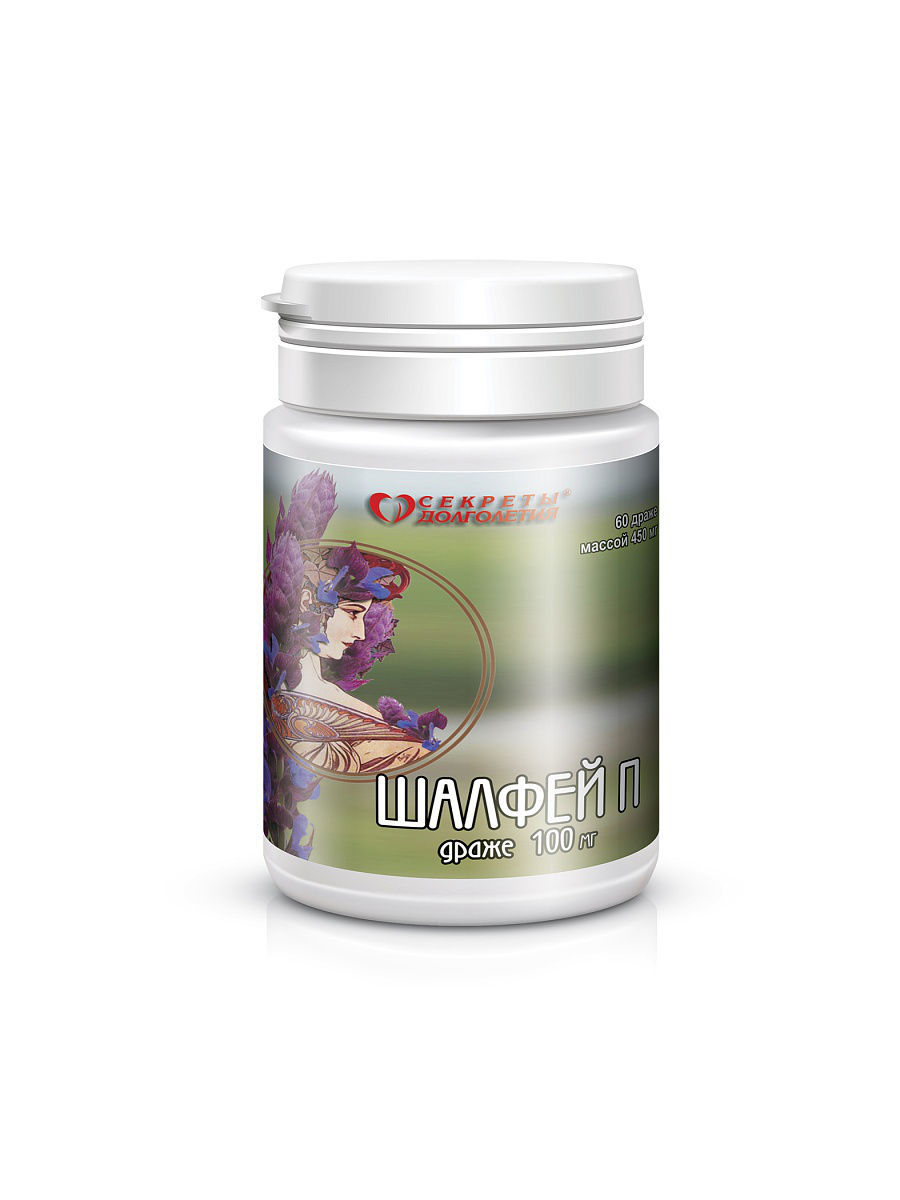

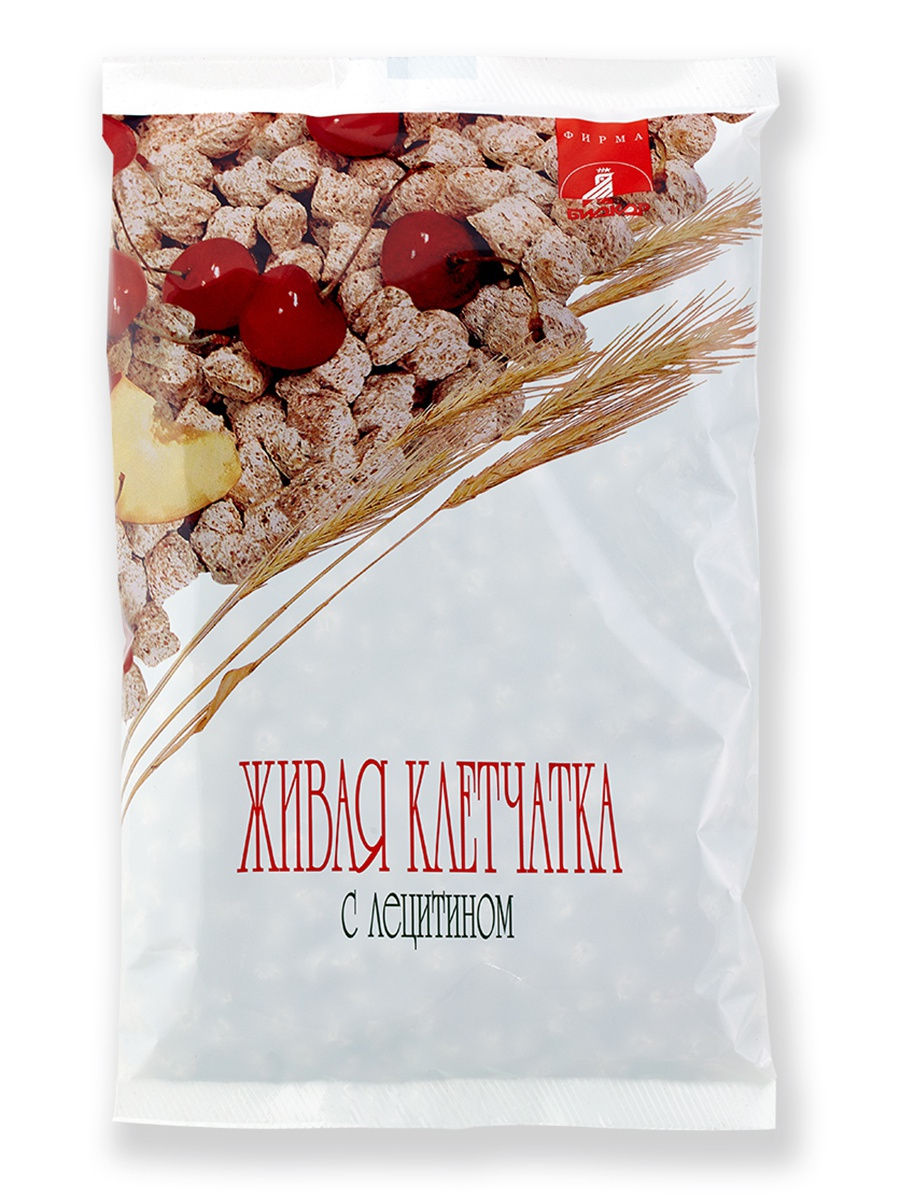
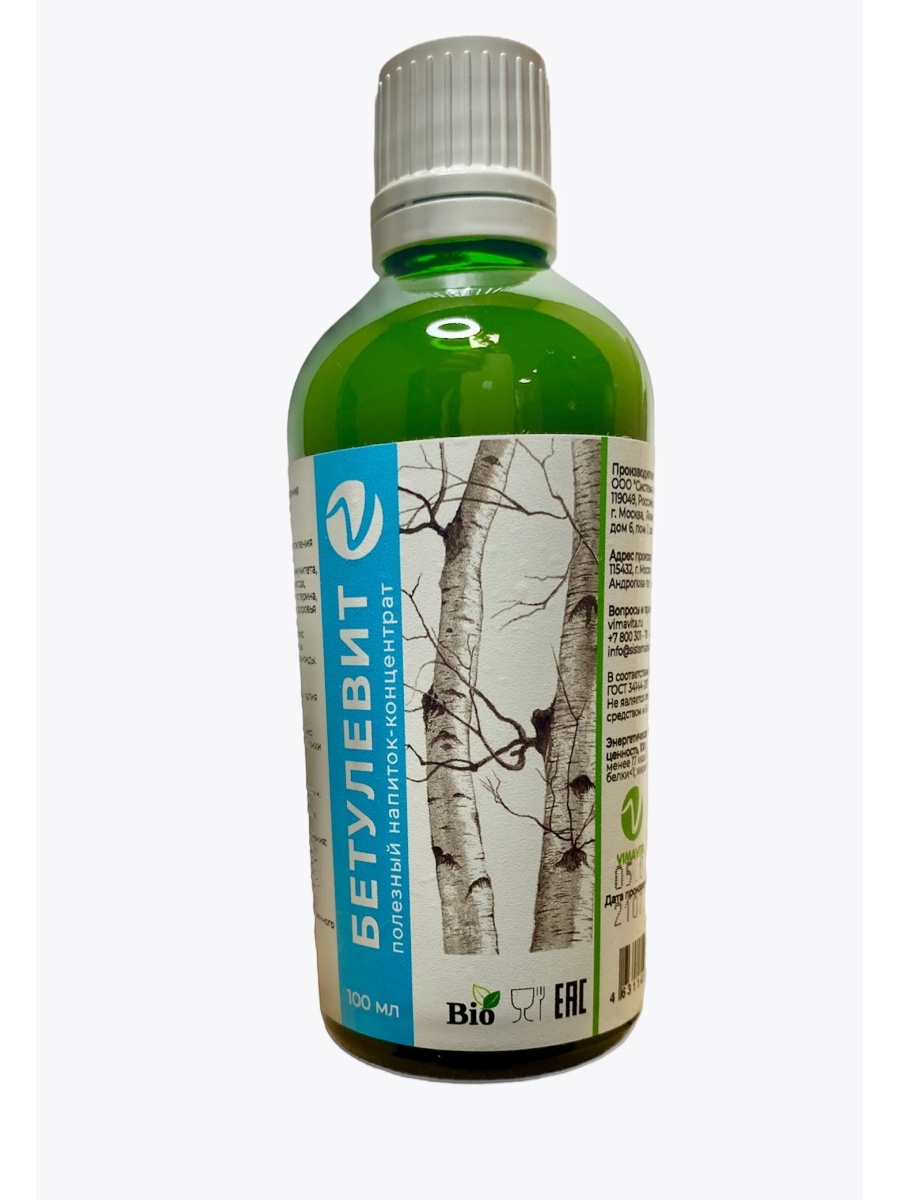
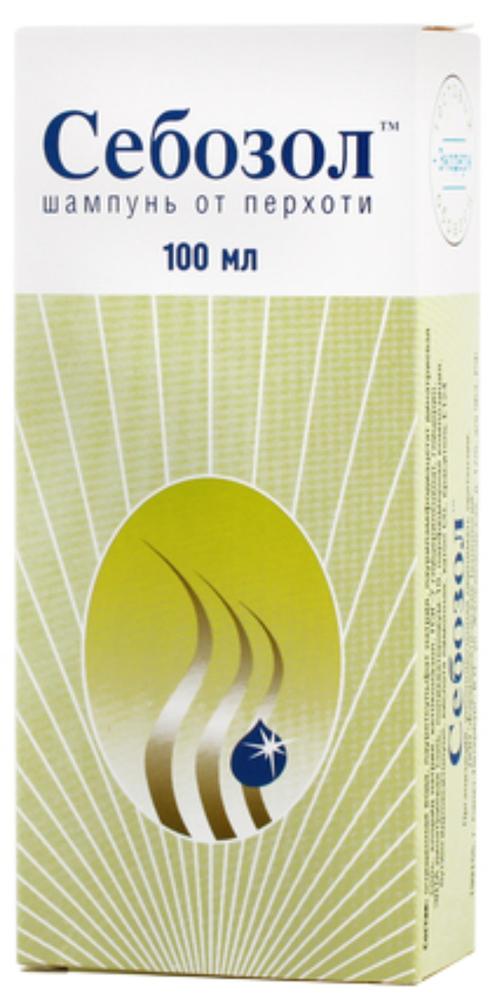
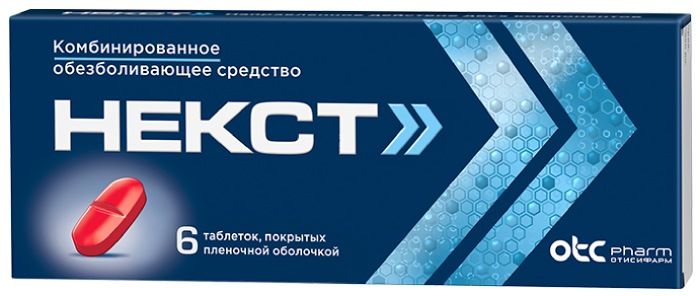




There are no reviews yet.